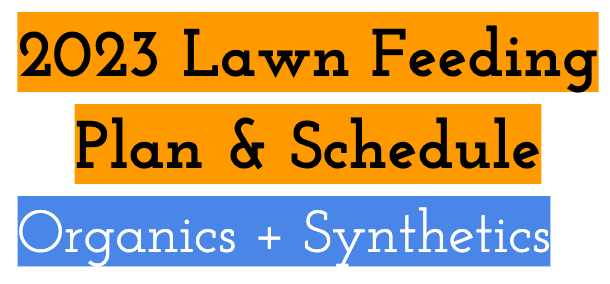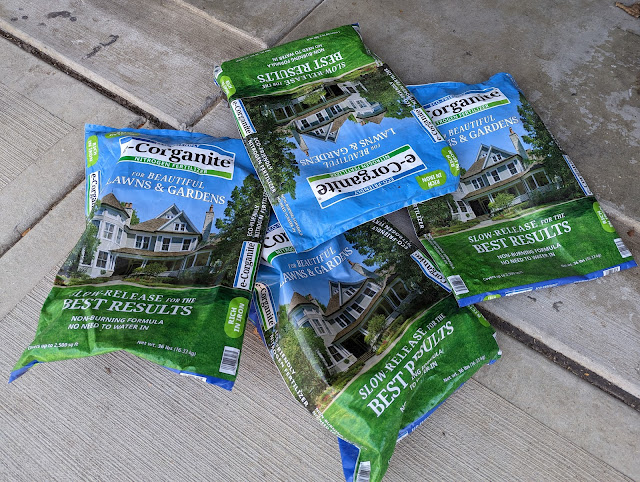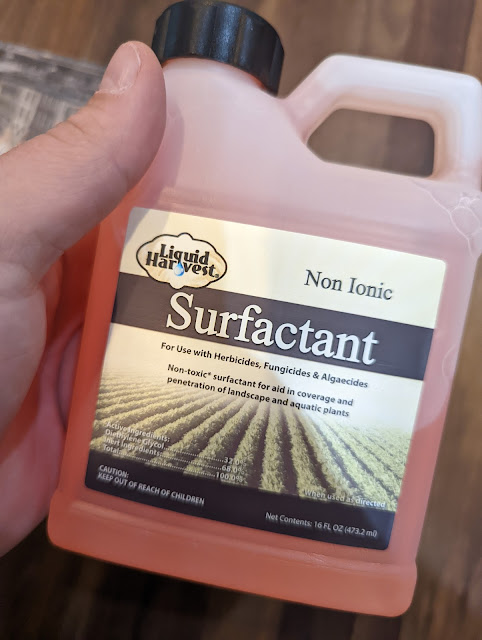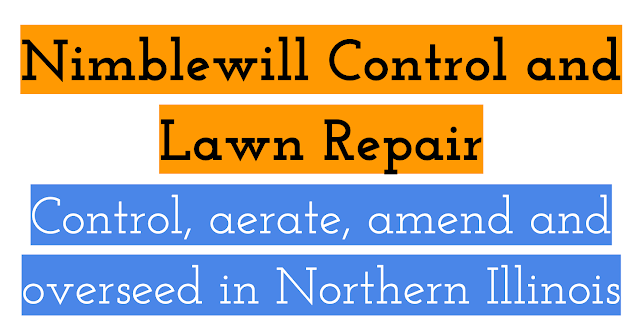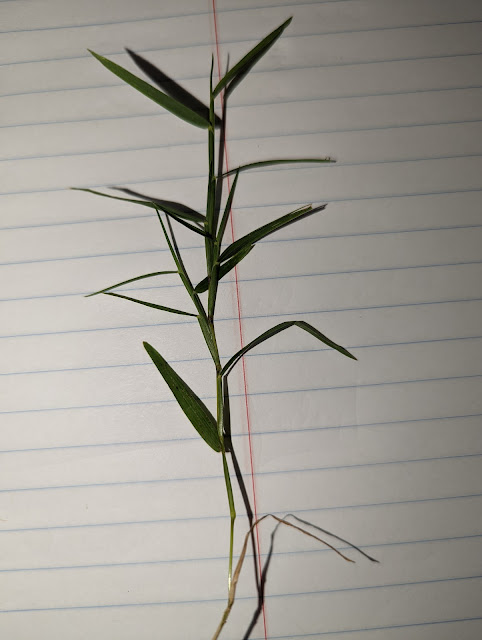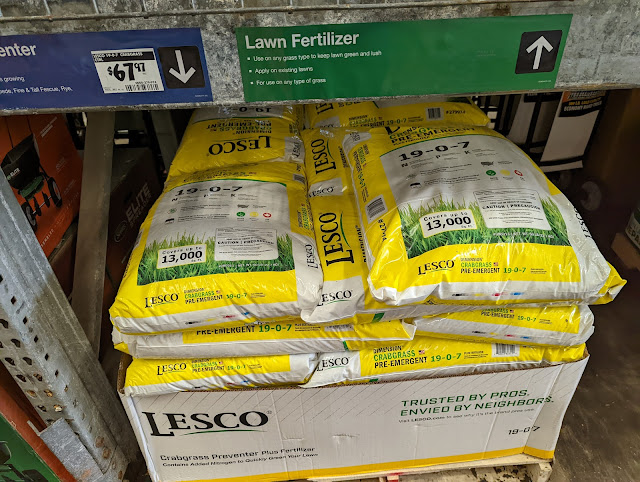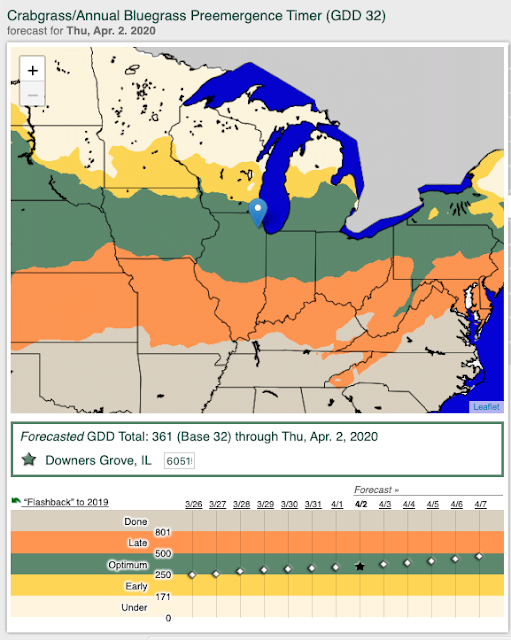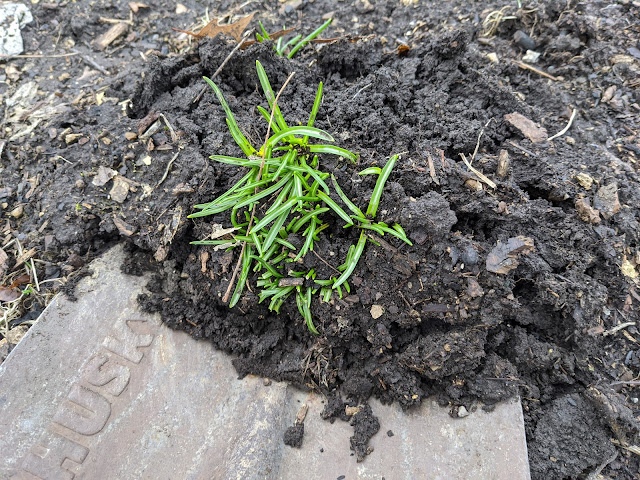First Cut - Lawn - May 2023
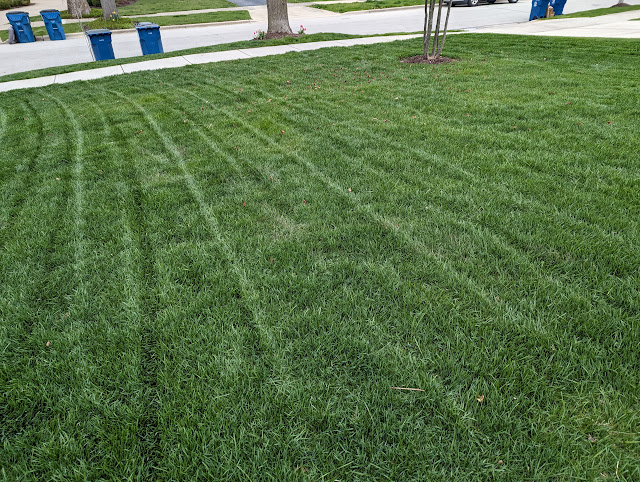
I waited as long as I could: but, I finally cut the lawn last week. Posting this on Wednesday, May 3rd, but I ended up cutting the lawn on Thursday, April 27th. It was long and ready for a cut. Here, below, is a peek at the deep-green color of the lawn right now. It never looks better than mid-Spring. I cut it on the 4-setting on the mower - that's two slots from the tallest. One of my 2023 items on my lawn care list is to try to cut front a bit lower, so this 4 setting is exactly where I was last year. My 2022 list says that I cut the front on 6 in 2020. 5 in 2021. So, it was 4 in 2022 . This first mow, I used the bagger to keep the cuttings out of the lawn. As I get more regular, I'll switch to mulching it in as I've done every other year.

